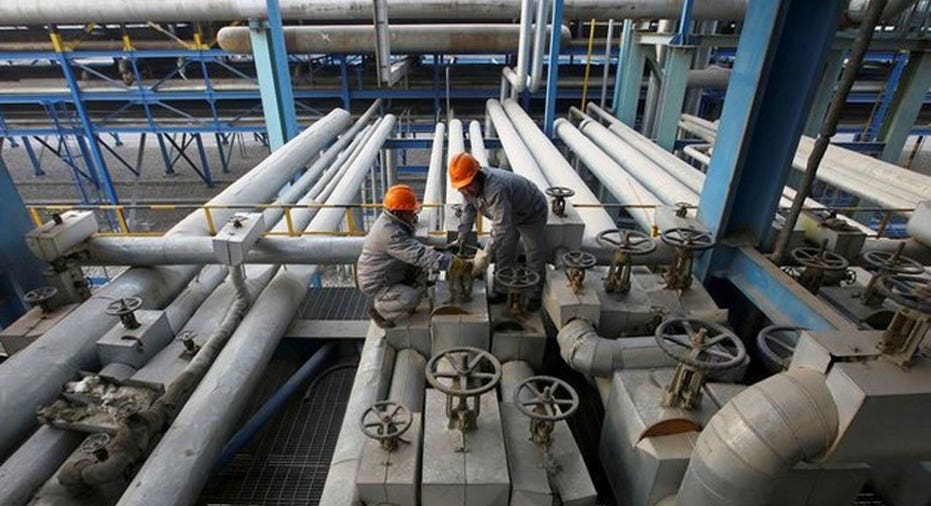Oil falls 2% on rising US output, global demand concern

Oil prices fell 2 percent on Tuesday, headed for a third straight daily decline, on forecasts for rising U.S. crude output and a gloomier outlook for global demand growth in a report from the International Energy Agency (IEA).
Analysts also noted that oil prices were being pressured by a global commodities selloff, led by base metals like nickel and copper, due to weaker-than-expected economic data from China.
Brent futures were down $1.24, or 2 percent, at $61.92 a barrel by 11:53 a.m. EST (1653 GMT), while U.S. West Texas Intermediate (WTI) crude was down $1.16, or 2 percent, at $55.60 per barrel.
Market watchers said the declines caused some short-term traders to get nervous and sell out of their positions. Traders noted that Brent slid more after the contract fell below its 14-day moving average for the first time in three weeks.
Just last week, prices for both benchmarks hit their highest levels since 2015.
The IEA delivered a surprisingly downbeat outlook for oil demand in its monthly market report, showing an expected slowdown in consumption that was at odds with a more bullish view from the producer group OPEC on Monday.
The Paris-based IEA cut its oil demand growth forecast by 100,000 barrels per day (bpd) for this year and next, to an estimated 1.5 million bpd in 2017 and 1.3 million bpd in 2018.
The IEA said warmer temperatures could reduce consumption, while sharply rising output from some producer countries might bring back the global crude glut in the first half of 2018.
"The IEA slashing its oil demand growth forecast for this year and the next has dampened some of the bullish sentiment prevailing in the market," Abhishek Kumar, Senior Energy Analyst at Interfax Energy’s Global Gas Analytics in London.
This sentiment comes in part on the back of rising U.S. oil output <C-OUT-T-EIA>, which has grown by more than 14 percent since mid-2016 to a record 9.62 million bpd.
The U.S. government said on Monday U.S. shale production in December would rise for a 12th consecutive month, increasing by 80,000 bpd.
"The recent price support, namely the tension in the Middle East, has been swept aside as rising rig counts and U.S. shale output (are) in the focus of traders," PVM Oil Associates analyst Tamas Varga said.
Despite the cautious sentiment, traders said oil prices were unlikely to fall far, largely due to supply restrictions led by the Organization of the Petroleum Exporting Countries and Russia, which have helped reduce excess stockpiles. (By Scott DiSavino; Additional reporting by Amanda Cooper and Polina Ivanova in London and Henning Gloystein in Singapore; Editing by David Gregorio and Dale Hudson)



















